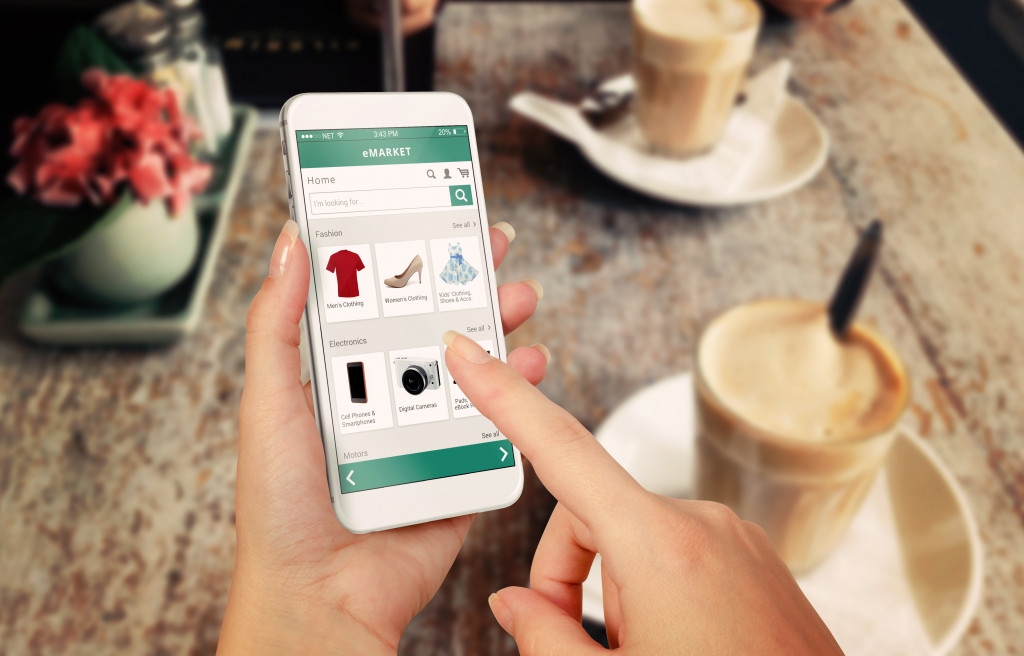The pandemic has changed our lives in just a matter of one year. Its existence has pushed us to adapt to the ever-changing circumstances. If you compare your lifestyle today to the one you had a couple of years ago, you’ll clearly see the difference.
To start, we never relied on digital tech to fuel our lives every day. Back then, we had some reliance on digital tech, especially when making our lives comfortable. However, we didn’t do as many video and online calls. Instead, we relied so much on the physical nature of our relationships that we met in person almost every day. This is the same with the way we purchased things.
Consumers who purchased items back then are different from how we do it now, and the difference isn’t just between physical vs. digital sales. The way we choose necessities and items we like have also changed. It’s a whole new world in the field of consumerism, and it’s changing the way we live.
Physical vs. Digital Sales
Let’s look into the most common distinction of consumer behavior we have today: physical vs. digital sales. There is a huge chance that you’ve noticed that you are purchasing so much more items digitally than ever before. You might have also noticed that there are way more options to purchase different items digitally than before.
Retailers are transitioning to the digital world to meet consumer demand. As a result, items that people didn’t usually buy online are now being purchased online. Take furniture, for example. A while back, many consumers physically visited furniture stores. Nowadays, people have settled on purchasing furniture online and waiting for days before it arrives, and it’s not just because of mere convenience and because of the virus. People who do it believe that it just makes much more sense.
Experts believed that online shopping would eventually take over physical shopping. However, they didn’t see that online shopping will become the norm of today. Instead, consumers now believe that online shopping is how shopping was meant to be.
An Increase in Fitness Equipment Purchases
Many people have found that they have a lot of time during quarantine, and it’s either they spend their time on their couch slacking off, or they can go and exercise. Believe it or not, people chose the former first during the first few months of quarantine. After that, they purchased multiple video games and movies to satisfy their craving for slacking off because they thought that they’ll never have the chance ever again. But the trend changed, and as time passed into the Summer months of last year, people started to purchase more fitness equipment.
Fitness equipment didn’t necessarily come in the form of gym equipment. One of the most purchased fitness equipment worldwide the pandemic is bicycles. Peloton bikes and mountain bikes have seen a ridiculous spike in sales. Experts believe that this spike in sales isn’t just to address the boredom we felt at home but also to remind us that we can still do something productive during the pandemic.

Purchasing Learning
You might have never thought about purchasing online courses many years ago, especially if you were in the university. But now this is the growing trend.
Consumers nowadays are purchasing all kinds of online courses to fuel their curiosity and talent. Some have discovered that they were good at something they were never good at before. In comparison, some developed their hobbies into careers. Reports from Linkedin have shown that many consumers have spent three times more time learning when compared to years ago. This wasn’t mainly due to necessity like to finish a degree, but rather an investment into hobbies that people want to do in the future.
Mental Health First
Lastly, mental health services are becoming more prevalent among the purchases of consumers of today. But this isn’t just to address the overwhelming increase in mental illness during the pandemic but to proactively protect one’s mind from such illnesses. Mentally healthy people are getting these services to better themselves and to increase their resilience today. Once again, people are investing in something they can gain into the future, and not just for today.
The Bottom Line
Physical vs. digital sales is only the tip of the iceberg when explaining how consumerism has changed the last few years. If you look into it, the transition between physical to digital sales only fueled a much clearer consumer lifestyle: a digital buyer that aspires to make meaningful purchases in their lives.
If you look at the trend in this article, people are investing more into learning, physical fitness, and mental health. People are no longer slacking off when it comes to purchases. Everyone is making smarter decisions in what they buy during the pandemic. The way we buy things now is all about investing in ourselves and into the future. Ultimately, this gradual change has turned us into much smarter buyers.
